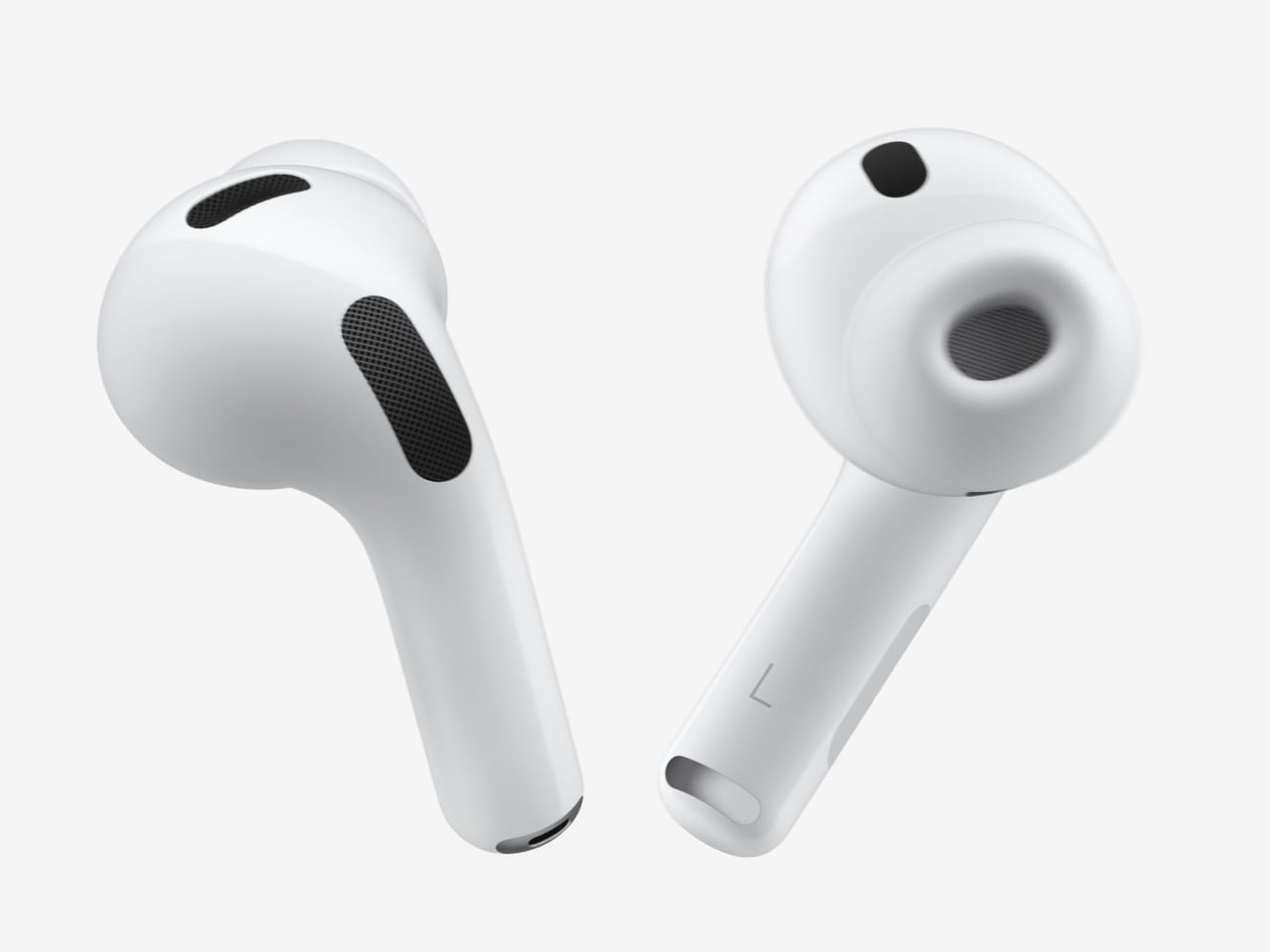
"Apple treated the human ear as a construction site, mapping thousands of scans before design began. That data shaped AirPods Pro 3, where hidden geometry and micron-level precision unlocked new room for fit and health features. The project started with a deceptively simple brief: fit more ears, add meaningful health value, and keep the silhouette unchanged. Kate Bergeron, Apple's VP of Hardware Engineering, described it as the kind of challenge her team thrives on."
""Trying to improve both features and fit and comfort in a very small volume product is a challenge the engineering team loves," she said. The constraints shaped every design decision, from geometry to materials to hidden electronics. Using those scans, Apple simulated bud geometry and ear tip interfaces virtually, placing structures only where anatomy allowed. The new AirPods Pro look deliberately familiar from the outside, a calculated design choice that masks profound internal changes."
"The most sophisticated engineering advances live within invisible spaces. Here, material science, optical engineering, and antenna design converge in ways that redefine what's possible in such constrained volumes. Each component placement required micron-level precision, transforming limitations into opportunities for breakthrough innovation. Geometry came first. Apple reduced the bulb volume so the buds could fit more ear types, then used tens of thousands of ear scans to validate the shapes before tooling."
Apple mapped tens of thousands of human ear scans and used that dataset to drive AirPods Pro 3 design, prioritizing fit, comfort, and health capabilities. Engineers simulated bud geometry and ear-tip interfaces virtually, placing structures only where ear anatomy allowed, then validated designs in hardware. The external silhouette remained familiar while internal geometry, materials, optics, and antenna systems were rearranged with micron-level precision. Bulb volume was reduced to fit more ear types, and ear-tip seals were optimized for real-world stability during talking, chewing, and cycling. The development process emphasized simulation first, followed by physical validation to prevent ergonomic issues later.
Read at Yanko Design - Modern Industrial Design News
Unable to calculate read time
Collection
[
|
...
]